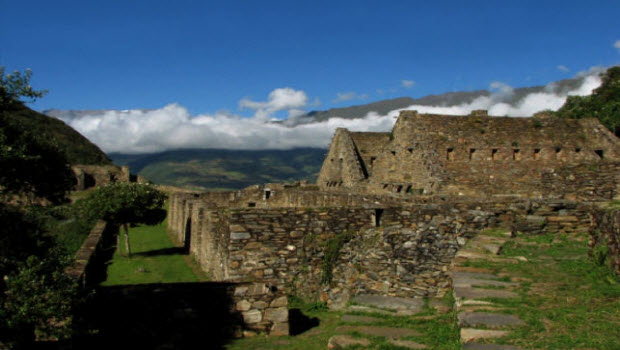
Extra! Extra! Crowds through the clouds to Choquequirao
The plans to build a cable car to Machu Picchu’s sister city, Choquequirao got some long-overdue attention with an article last week by Carla Salazar and Frank Bajak at The Associated Press.
Just how many tourists we’re talking about has been all over the map.
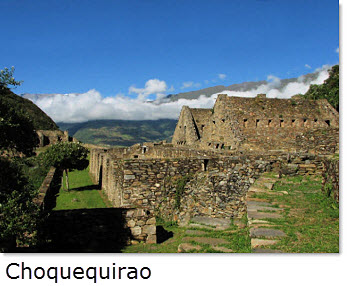
Apurímac Regional President Elías Segovia Ruiz has been quoted saying it would be 500,000 visitors per year to start, and up to 2,500 tourists per day (or more than 900,000 a year) by the third year of operation.
From January through June of this year, 1,397 people visited Choquequiroa, according to official figures published by the Ministry of Foreign Commerce and Tourism (MINCETUR).
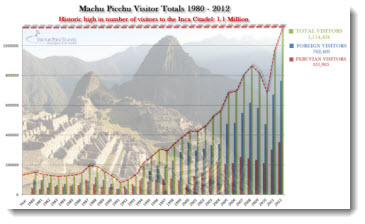
The hard numbers, for whatever reason, seem to get glossed over in the Peruvian and international media reports.
So here it is again: During all but three months of last year, the average number of visitors to Machu Picchu far exceeded the daily limit of 2,500 agreed to by Peru and UNESCO, if the official data is accurate.
Crowds swelled last year to well over 3,000 people per day during the months of April and July through November.
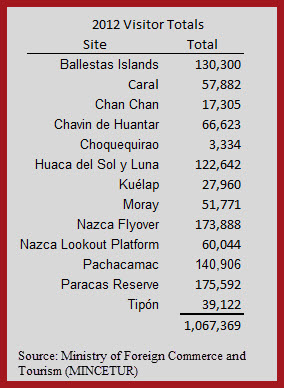
Together, those sites drew 1,067,369 tourists, compared to Machu Picchu’s 1,114,434.
Implementing more sustainable management of Machu Picchu is urgently needed.
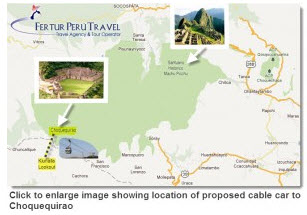
There are many more archaeological sites endangered by neglect in Peru than overuse.
Landslides and floods are ever-present threats, as are vandalism and looting.
Every couple of years, another swath of the Nazca Lines is destroyed by an errant driver of an all terrain vehicle, or a dune buggy, or a backhoe. Last year, illegal squatters raising pigs presented the latest destructive force encroaching into the protected Nazca zone.
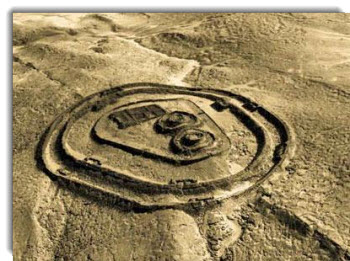
In 2010, a man with a pickup truck, reportedly in search of construction materials, brazenly hauled away the cut stones from an ancient wall adjacent to the complex. The then-director of the Sechín site museum complained to daily La Republica that local law enforcement took no action against the looter.
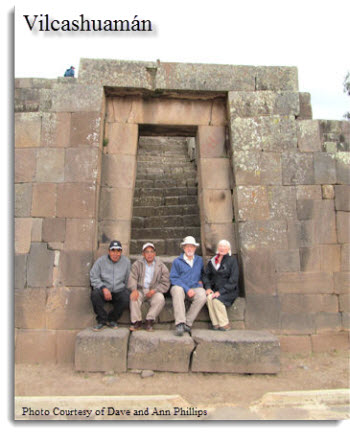
That could usher into vogue the Ayacucho-Andahuaylas-Abancay overland tourist route to Cusco over a newly paved highway, and in so doing introduce the ruins of Wari and the Inca ceremonial complex of Vilcashuamán to the wider world.
That, hopefully, is the larger plan and vision.
If you like this post, please remember to share on Facebook, Twitter or Google+
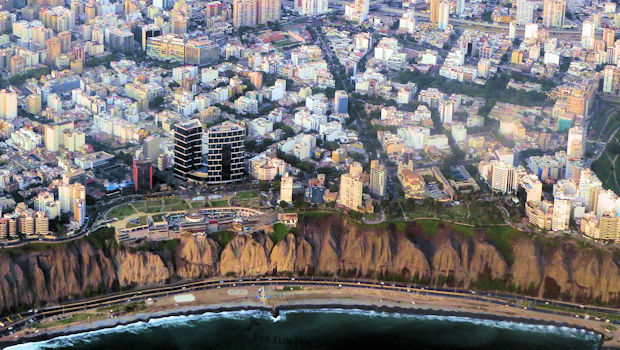 Top 10 Things To Do in Miraflores
Top 10 Things To Do in Miraflores 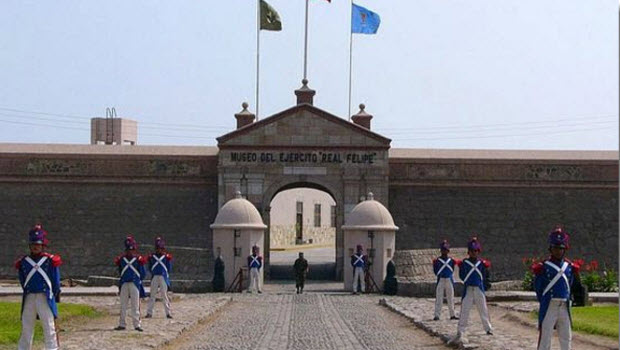 Alternative Lima Tour: Royal Felipe Fortress
Alternative Lima Tour: Royal Felipe Fortress 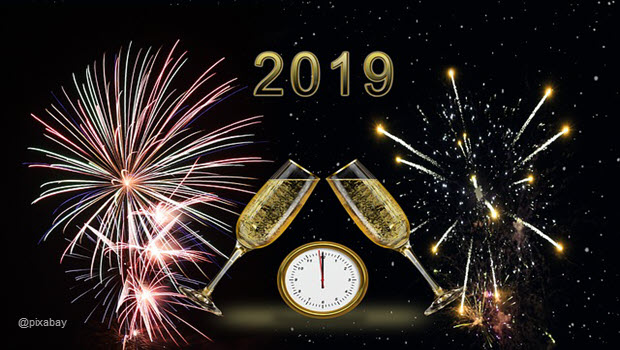 4 New Year’s Eve Parties 2019 in Lima: Hotels and Restaurants
4 New Year’s Eve Parties 2019 in Lima: Hotels and Restaurants 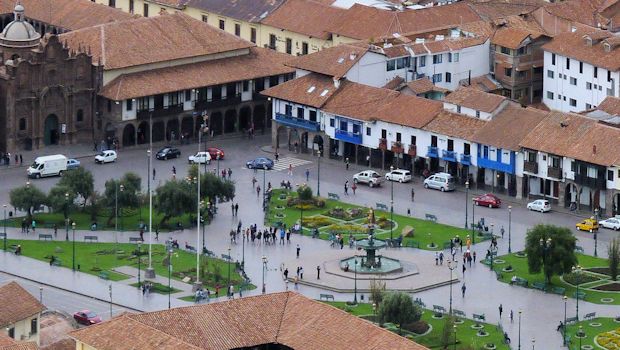 Pilot project: Cusco’s main plaza a vehicle-free pedestrian zone
Pilot project: Cusco’s main plaza a vehicle-free pedestrian zone 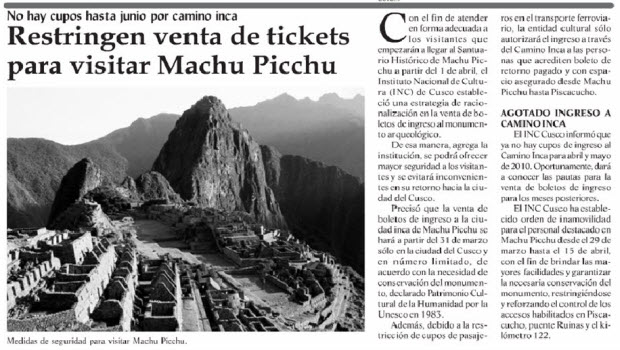 Peru’s INC says it will limit sale of Machu Picchu tickets when rail service resumes
Peru’s INC says it will limit sale of Machu Picchu tickets when rail service resumes 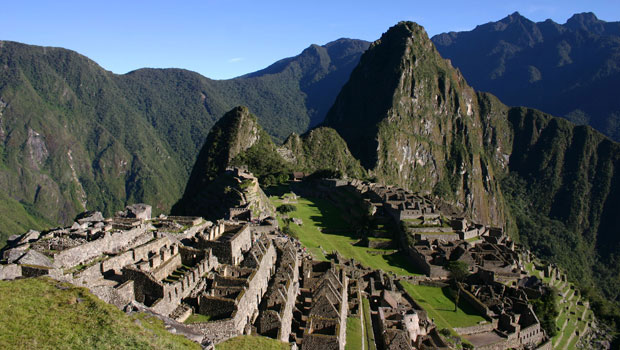 The Inca Sacred Center of Machu Picchu – a Love Letter
The Inca Sacred Center of Machu Picchu – a Love Letter 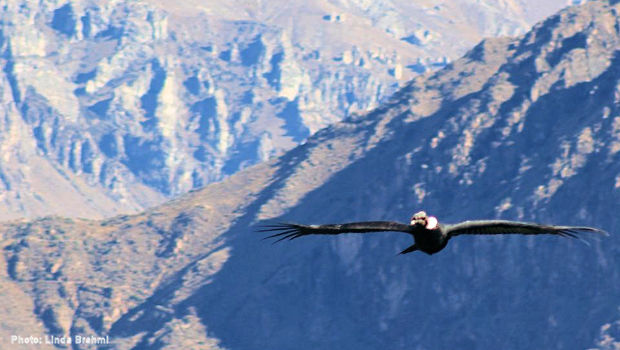 Best Time to See Condors in Colca Canyon
Best Time to See Condors in Colca Canyon 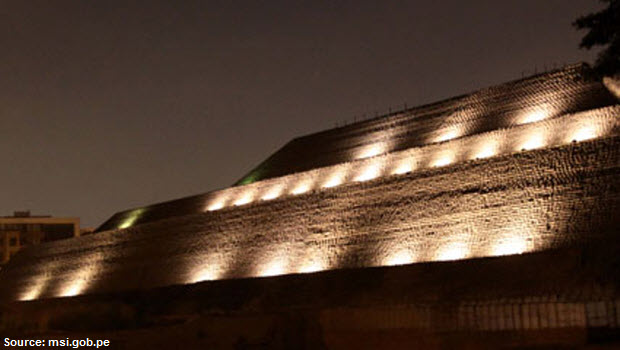 Peru to develop Lima’s unsung archaeological ruins for tourism
Peru to develop Lima’s unsung archaeological ruins for tourism